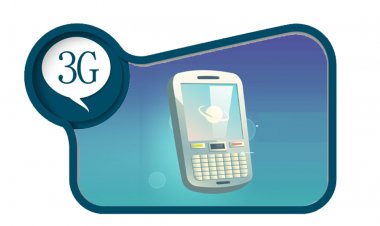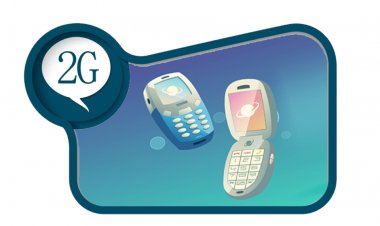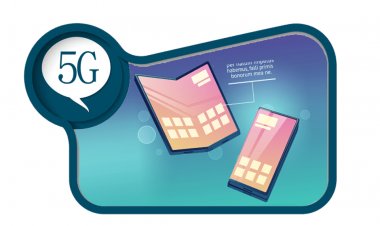First Generation of Mobile Network
The advancement of mobile technology is occurring on a daily basis. The first generation of mobile technology was the 1G. The earliest cellular network, 1G, used analog transmissions and only allowed voice calls.
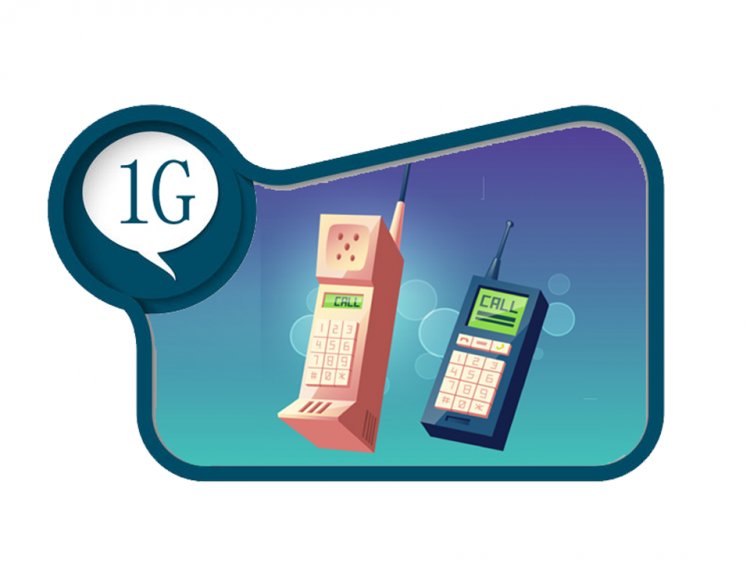
Introduction:
Because humans have the ability to think and observe, they are superior to other creatures in this regard. Humans are continuously looking out for answers to their queries. Initially, they just need technology to communicate with one another. Later on, technical advancements in the basics of essentials occur.
The goal of wireless technology is to enable high-quality, reliable communication, such as voice calls, sending and receiving SMS and MMS, and using the internet on a mobile phone, unlike conventional communication. Each generation of services represents significant progress in that direction.
What does the phrase 1G mean?
The term "first generation" is abbreviated as "1G", Cellular phone networks were employed for the first time. It runs at 30 kHz with a bandwidth of 2 Kbps over the PSTN (Public Switched Telephone Network), which is the conventional circuit-switched telephone network. It only supports entirely analog audio or voice calls.
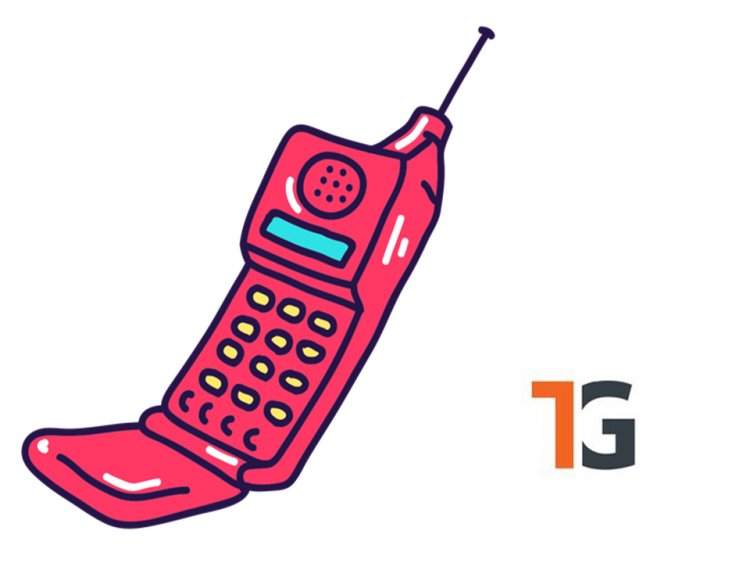
What is the backstage story of 1G?
It was first introduced in the late 1970s and was completely implemented by the 1980s. (NTT) Nippon Telegraph and Telephone Corporation built the first programmed cellular network (first generation) in Japan in 1979, primarily in the Tokyo metropolitan region. The NTT system had been extended in between five years, to reach the entire people of Japan, becoming the country's first countrywide 1G net.
The 1G cellular mobile system was received by Australia, utilizing a 1G analog system. Because it was analog, the sound quality was decent without security, but the user occasionally encountered call dropouts due to the slow speed.
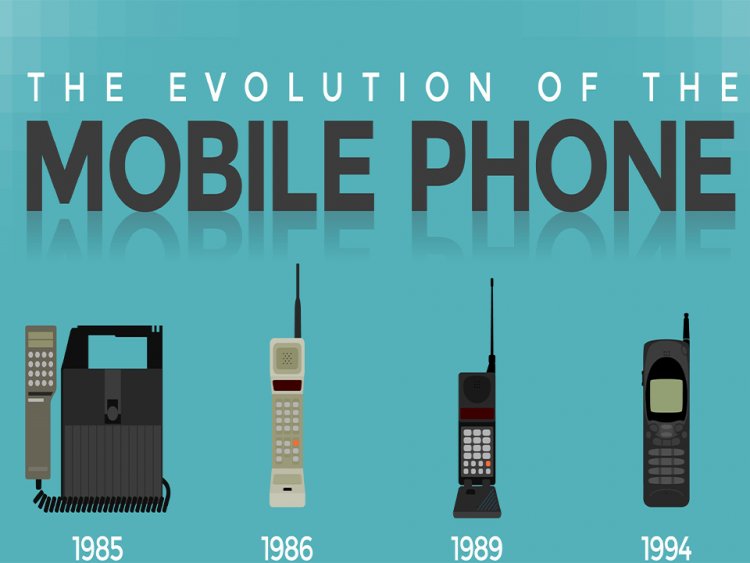
What Technology Used in 1G?
(AMPS) Advanced Mobile Phone System (a well-known system in the US), (NMT) which is Nordic Mobile Telephone and (TACS) that is Total Access Communication System were technologies handed down in the 1G.[1]
How does 1G works?
1G only supports voice calls and provides poor-quality voice calls. 1G system is an analog system, such as AMPS, that divides the bandwidth into particular frequencies allotted to each call using Frequency Division Multiplexing (FDM). Because of its poor performance, the user occasionally faces call dropouts, signal interference, and insufficient protection from the hacker.
What benefits does 1G offer?
- The network operates on an analog signal.
- Voice calls easy way to communicate.
- Reduce the amount of noise in the line.
- Data and audio calls are kept private and secure.
- The power consumption of the battery is lowered.
What are the drawbacks of 1G?
- A big phone with poor voice quality
- No presence of security.
- It makes it more difficult to use a mobile phone with an analog signal, and this signal is susceptible to interference.
- Capacity constraint
- Hand-off reliability is poor.
- Slowest possible speed
Conclusion:
The 1G, which is based on analog technology, only supports voice calls. When using this technology, the user must deal with issues like dependability and signal interference. 1G also has worse security against hackers.
- "5G, G.V.G.V.G.V.G.V.; Available from: http://net-informations.com/q/diff/generations.html."

 admin
admin 







